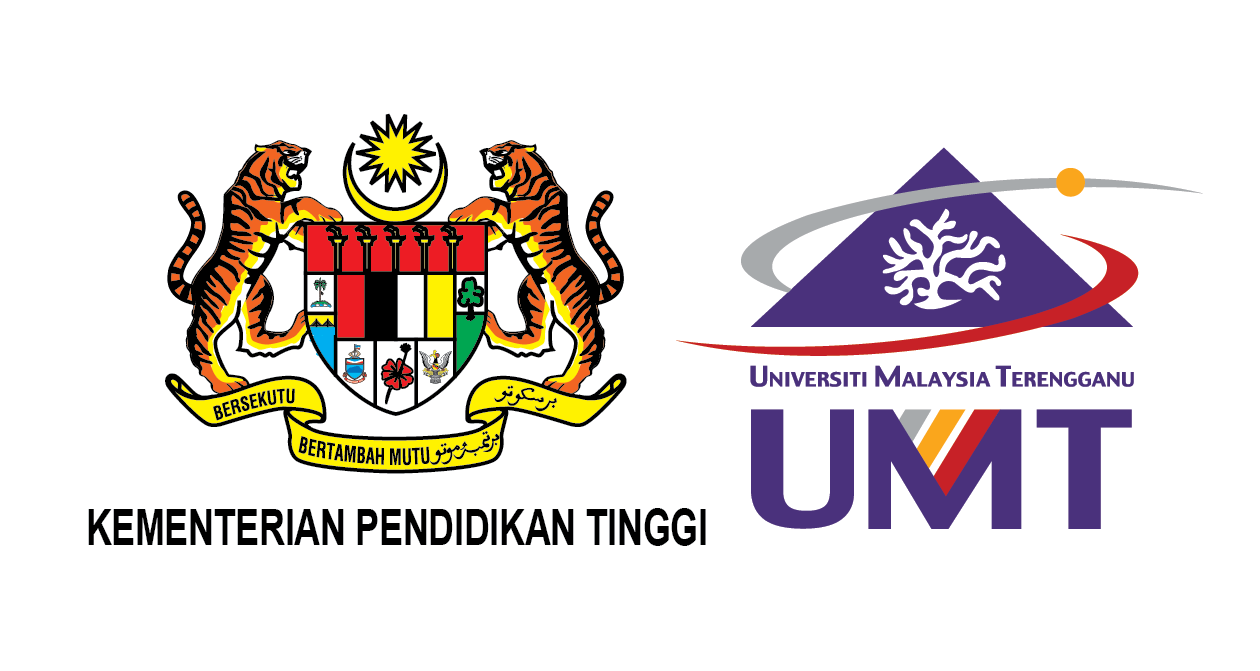Please use this identifier to cite or link to this item:
http://umt-ir.umt.edu.my:8080/handle/123456789/5212Full metadata record
| DC Field | Value | Language |
|---|---|---|
| dc.contributor.author | Le Quang Dung | - |
| dc.date.accessioned | 2017-04-03T08:27:43Z | - |
| dc.date.available | 2017-04-03T08:27:43Z | - |
| dc.date.issued | 2015-07 | - |
| dc.identifier.issn | 1735-6865 | - |
| dc.identifier.uri | http://hdl.handle.net/123456789/5212 | - |
| dc.description.abstract | To understand the present status of metal contamination along the Haiphong-Halong coast, the concentrations of As, Cd, Cr, Cu, Pb, and Zn were seasonally determined in rock oysters from four sites during 2013. The results indicated that a high concentration of heavy metals was found in oysters. The average concentrations of Zn and Cu were extremely high, ranging from 823.6–3201.6 and 238.1–1597.8 mg/kg dry wt., respectively, followed by As, Cd, Pb and Cr with concentrations of 10.10–19.33, 3.53–12.74, 0.79–6.20, and 0.81–4.47 mg/kg dry wt., respectively. The highest concentrations of heavy metals, Cd, Cr, Pb and Zn, found in Dinh Vu could be influenced by anthropogenic inputs. In addition, the runoff in the rainy season greatly influences the accumulation of heavy metals in oysters from Dinh Vu and Do Son. The maximum levels of Cd, Cu, Zn and As could potentially create toxicological concerns from a human health point of view and rocky oysters from the polluted sites should not be consumed | en_US |
| dc.language.iso | en | en_US |
| dc.publisher | International Journal of Environmental Research | en_US |
| dc.subject | Bach Long Giang | en_US |
| dc.subject | Takaomi Arai | en_US |
| dc.subject | Coast | en_US |
| dc.subject | Health risk | en_US |
| dc.subject | Heavy metals | en_US |
| dc.title | Monitoring heavy metal contamination using rocky oyster (Saccostrea glomerata) in Haiphong-Halong coastal area, North Vietnam | en_US |
| dc.type | Article | en_US |
| Appears in Collections: | Journal Articles | |
Files in This Item:
| File | Description | Size | Format | |
|---|---|---|---|---|
| 109-Monitoring Heavy Metal Contamination Using Rocky Oyster (Saccostrea glomerata) in Haiphong-Halong coastal area, North Vietnam.pdf | 163.97 kB | Adobe PDF | View/Open |
Items in UMT-IR are protected by copyright, with all rights reserved, unless otherwise indicated.

